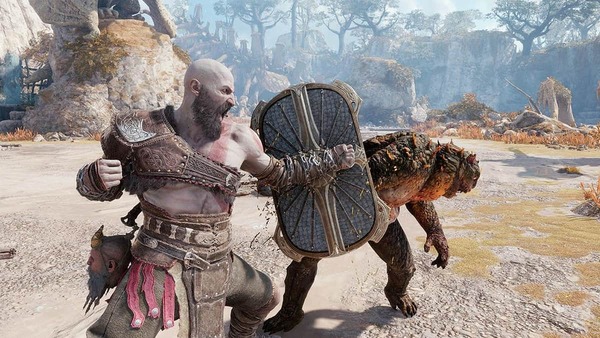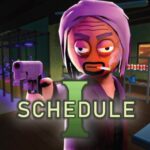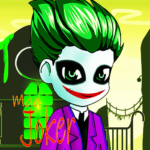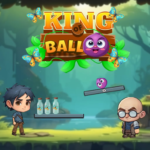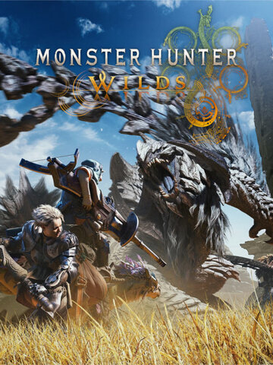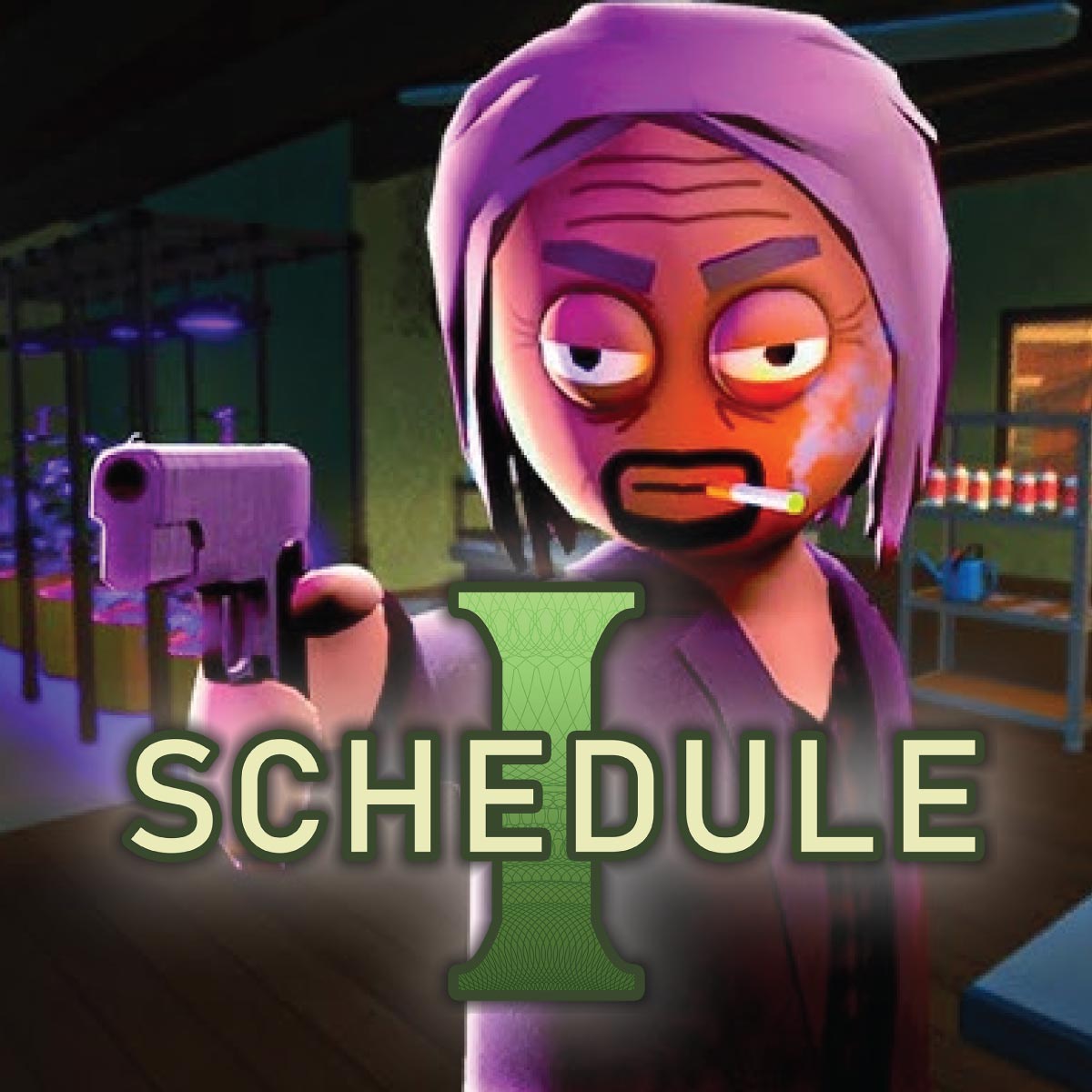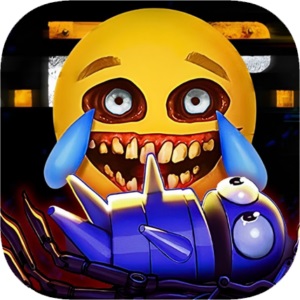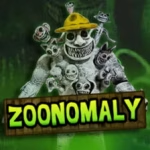God of War Ragnarök is the monumental continuation and conclusion to the God of War franchise's Norse saga, developed by Santa Monica Studio and published by Sony Interactive Entertainment. Released on November 9, 2022, for PlayStation 4 and PlayStation 5, this action-adventure game has garnered immense praise for its deep storytelling, breathtaking visuals, and innovative gameplay mechanics. It serves as a direct sequel to the 2018 God of War game, and for many, it is a crowning achievement in modern video game design.
In this article, we will explore the rich world of God of War Ragnarök, its gameplay, characters, and themes, while also examining why it stands as one of the most critically acclaimed games of the modern era.
1. The Setting: A World on the Brink of Ragnarok
The Nine Realms Revisited
Ragnarök is the cataclysmic event from Norse mythology, signaling the end of the world. In God of War Ragnarök, players once again traverse the Nine Realms, which include familiar locations such as:
-
Midgard (the human realm)
-
Asgard (home of the gods)
-
Vanaheim (the realm of the Vanir gods)
-
Svartalfheim (the realm of the dwarves)
However, with the looming threat of Ragnarök, these realms have begun to change, becoming more volatile and dangerous as the prophecy of the world’s end draws near.
The Role of the Protagonists
At the center of the narrative are Kratos and his son Atreus, both struggling with their roles in the unfolding prophecy. Kratos, a former Greek god, has now settled in the Norse realms, seeking peace but constantly being pulled back into violence. Atreus, now a teenager, continues to discover his own powers and destiny. Together, they must navigate the complex relationships between gods, monsters, and the inevitable destruction that threatens the world.
2. The Story and Characters: A Deep Dive Into Norse Mythology
The Prophecy of Ragnarök
The game begins with Kratos and Atreus dealing with the aftermath of the previous game. Atreus has learned that he is Loki, a key figure in Norse mythology who plays a crucial role in the coming destruction of the gods. The main storyline revolves around the father-son duo’s journey to prevent or embrace the coming Ragnarök, ultimately deciding the fate of the Nine Realms.
The Gods and Their Influence
Key characters from Norse mythology return to play critical roles, including:
-
Thor, the god of thunder, seeking vengeance for the death of his sons.
-
Odin, the Allfather, whose manipulative nature drives much of the conflict in the game.
-
Freya, a former ally turned antagonist after the events of the first game.
Each character is fully fleshed out with complex motivations, leading to intense emotional moments and thought-provoking dialogue.
3. Combat and Gameplay: Refining the Action
Brutal and Fluid Combat
The combat system in God of War Ragnarök builds upon the solid foundation of the previous game. Players control Kratos in a third-person, over-the-shoulder perspective, wielding the iconic Leviathan Axe and the Blades of Chaos while utilizing a variety of new weapons and abilities. The combat is fast-paced and brutal, combining quick, heavy attacks with defensive moves and dodges. Players can also use Runic abilities to unleash powerful elemental attacks.
New gameplay mechanics include:
-
Weapon customization: Players can upgrade their weapons with various enchantments and abilities.
-
Switching between characters: At certain points in the game, players can control Atreus, adding a fresh dynamic to combat and puzzles.
-
Combo system: The ability to chain attacks into devastating combos is enhanced, offering more fluid and varied combat experiences.
Boss Fights and Enemy Design
One of the standout features of God of War Ragnarök is its epic boss fights. From towering giants to monstrous creatures, each encounter feels like a cinematic event. The designs of the enemies are intricate, with each boss representing a mythological creature or god, making the battles not only challenging but memorable.
4. Exploration and World Design: A Beautiful and Dangerous World
Open-Ended Exploration
While God of War Ragnarök maintains the linear storytelling structure of its predecessor, it also expands the exploration aspect by allowing players to return to previously visited realms and unlock new areas. The open-world elements are expanded with:
-
Hidden secrets, collectibles, and side quests
-
Puzzle-solving that requires using Kratos' and Atreus' abilities creatively
-
Optional realms and regions with high-level challenges and rewards
The world is beautifully designed, with stunning landscapes, realistic lighting, and attention to detail that make each realm feel alive.
The Importance of Side Quests
Side quests are an integral part of the game, offering players a chance to engage with the world beyond the main storyline. These side activities not only provide valuable rewards such as upgrades, rare materials, and new abilities but also further develop the lore of the world, including the stories of NPCs and their relationships to the gods.
5. Character Progression and RPG Elements
Kratos’ Growth and Skills
Kratos’ character progression is central to the game. As players progress, they can upgrade his weapons, armor, and abilities. Each upgrade brings new combat moves, magic abilities, and passive skills, allowing players to tailor Kratos’ playstyle to their preferences.
Atreus’ Development
Atreus, too, undergoes significant development throughout the game. As he comes to terms with his identity as Loki, he gains new powers and abilities, which players can utilize when controlling him. Atreus' growth as a character mirrors the thematic elements of family, destiny, and the choices that define one's path.
6. Graphics and Visuals: A Technological Masterpiece
Stunning Visual Fidelity
God of War Ragnarök takes full advantage of the PlayStation 5’s hardware, offering incredible visual fidelity. The game runs at 4K resolution with ray tracing, delivering lifelike lighting, shadows, and reflections. The character models are highly detailed, with facial expressions and animations that convey the emotion of every moment.
The environments are equally breathtaking, with vast landscapes, lush forests, and snowy mountains that create a sense of awe. The game’s attention to environmental detail is top-notch, making each realm feel distinct and immersive.
Cinematic Storytelling
The game’s cinematic cutscenes are seamlessly integrated into the gameplay, making for a smooth transition between story moments and combat sequences. The camera work, voice acting, and motion capture all contribute to an experience that feels more like an interactive film than a traditional video game.
7. The Music and Sound Design: Enhancing the Experience
Epic Soundtrack
The music of God of War Ragnarök is composed by Bear McCreary, whose previous work on the franchise has already set a high bar. The soundtrack is filled with powerful orchestral themes, mixed with Viking-inspired chants and motifs that perfectly match the Norse setting.
The score intensifies the emotional moments, whether it's a battle against a powerful foe or a quiet moment of reflection between Kratos and Atreus.
Voice Acting and Sound Effects
The voice acting in the game is top-tier, with Christopher Judge reprising his role as Kratos, bringing depth and gravitas to the character. The supporting cast, including Sunny Suljic as Atreus, Richard Schiff as Odin, and Danielle Bisutti as Freya, all deliver exceptional performances that add emotional weight to the narrative.
The sound design also excels, with crisp sound effects during combat, environmental sounds that enhance the world-building, and ambient noises that immerse players in the realms of Norse mythology.
8. Themes: Fatherhood, Destiny, and Free Will
The Father-Son Dynamic
One of the core themes of God of War Ragnarök is the relationship between Kratos and Atreus. The game explores their dynamic as father and son, focusing on themes of growth, responsibility, and legacy. Kratos, who once sought vengeance and destruction, must now teach Atreus how to balance power with wisdom.
Atreus, on the other hand, is struggling with his identity as Loki, the trickster god, and his eventual role in Ragnarök. The way the two characters evolve and influence each other forms the emotional backbone of the game.
The Nature of Destiny and Choice
God of War Ragnarök delves deeply into the idea of fate versus free will. Throughout the game, characters wrestle with their destinies—whether they can change the course of their lives or if they are bound by prophecy. Kratos and Atreus must ultimately decide whether to embrace their roles in the upcoming end of the world or forge a new path that defies fate.
9. The End of an Era: A Fitting Conclusion
Final Moments and Reflections
As God of War Ragnarök draws to a close, players are treated to a powerful conclusion that ties together the story arcs of Kratos and Atreus. The emotional weight of the finale is enhanced by the choices the player makes and the resolution of key narrative threads.
The ending of Ragnarök leaves room for reflection on the journey of Kratos and Atreus, offering closure while also leaving a sense of possibility for the future.
Legacy of God of War Ragnarök
God of War Ragnarök stands as a landmark achievement in gaming, not only as an action RPG but as a narrative-driven masterpiece. It solidifies Kratos’ place in gaming history, offering a final chapter that is both epic in scope and deeply personal.
10. Conclusion: A Masterpiece of Gaming
God of War Ragnarök is the definitive conclusion to Kratos’ Norse saga. With its compelling story, beautiful world design, and refined gameplay mechanics, it proves that action RPGs can be both thrilling and emotionally resonant. It’s a game that will be remembered for years to come, not just for its gameplay but for the way it made players care about its characters, their journeys, and the choices they made along the way.

